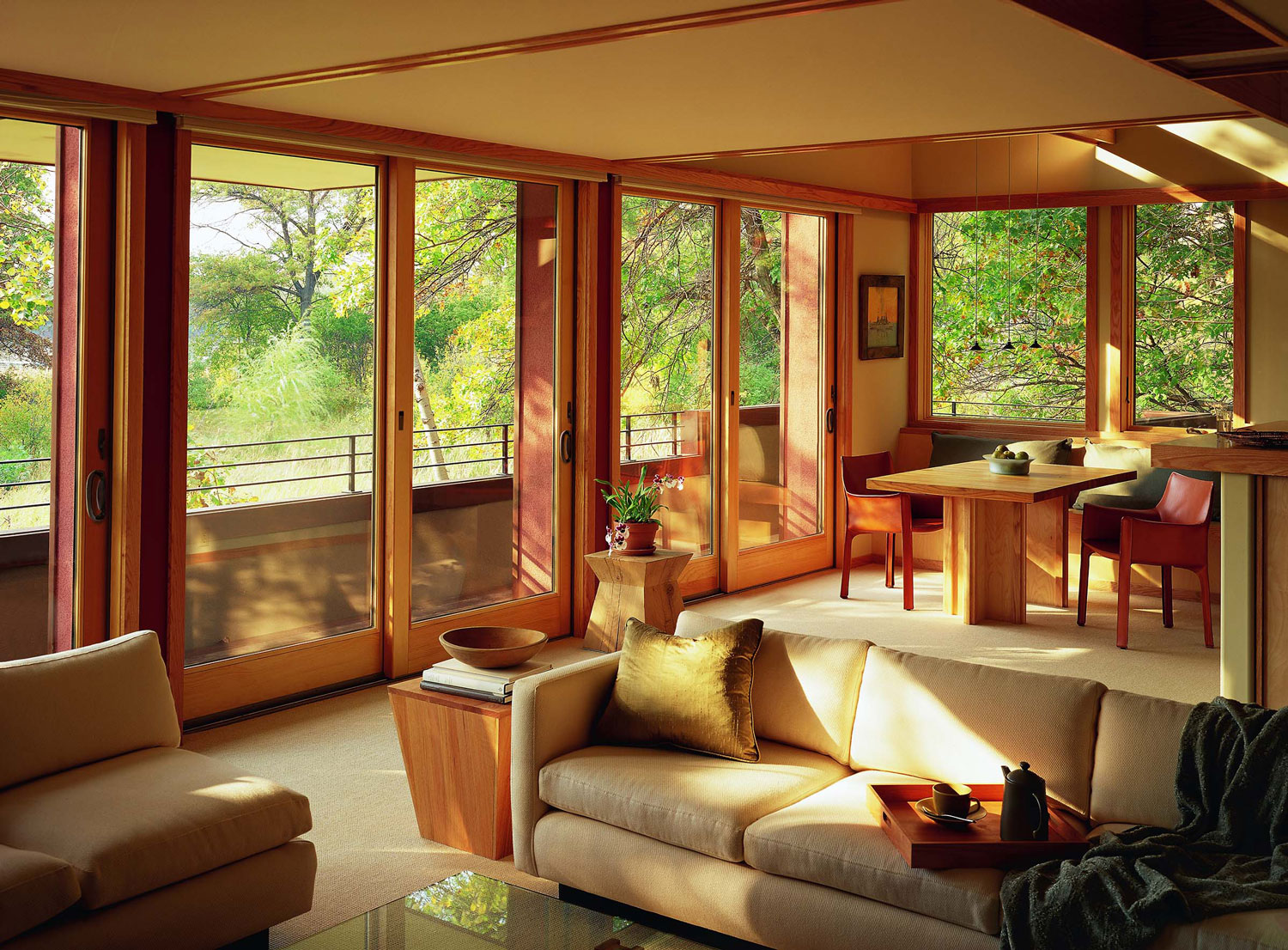You may be unintentionally ignoring your roof, despite the fact that it protects your family and valuables throughout the seasons. Unless it starts to leak, sag, or come apart, you may not be aware of what’s going on up there.
With the extreme weather we’ve experienced the past few years, coupled with the unpredictable precipitation and variable temperatures ahead, your roof may be in danger of failing.
This year, stay ahead of your roof damage by checking these 5 signs:
1. Check Inside: If you think you might need a new roof, check your attic or crawlspace first. Arm yourself with a flashlight and look under the eaves. Search for light beams coming through the top of the house or stains and streaks, which may signal a leaky or damaged roof.
2. Check Your Records: Review your home improvement records to see when your roof was replaced or reshingled. Knowing when a roof was installed (and what it’s made of) offers insight into its remaining life. A typical asphalt shingle roof lasts 20 to 25 years, while a roof installed over existing shingles should be replaced after 20 years.
3. Check the Shingles: Keep an eye on your roof make sure it’s in good shape, especially after heavy storms. Shingles should lie flat against the roof; if you find patches that are cracked, damaged, or buckling, replacement may be in order.
4. Check for Sagging: A droopy, sagging roof is one that surely needs replacing before further damage occurs to your home. Check the surface for signs of trapped moisture, rotting boards, or sagging spots—especially at the lowest points in the roof.
5. Check for Unwanted House Plants: Moss can look great in a shady corner of your yard, but on a roof, it spells trouble. Moss (and likewise mold and fungi) indicate there may be trapped moisture, which can ruin your roof.
Ultimately, the better your roof condition, the more sound your home can be. Damaged roofs can cause major leaking, which could result in water inside your walls and on your floors. If leaks occur, internal humidity levels can increase, which may damage your paint and wood elements. Moreover, leaks may result in higher energy consumption due to your heating and cooling system’s efforts to maintain and control temperatures…and the list goes on.





